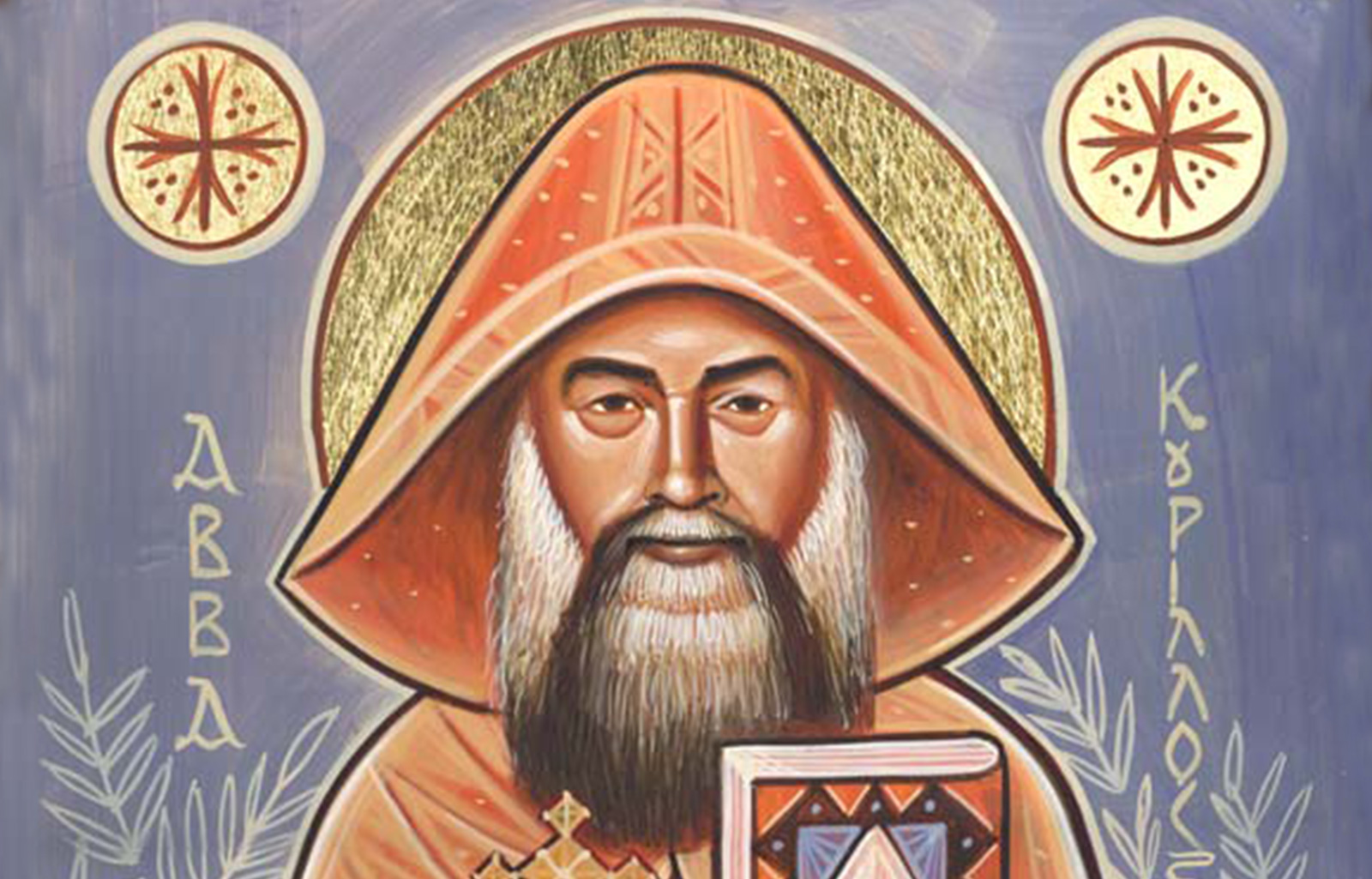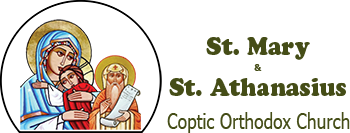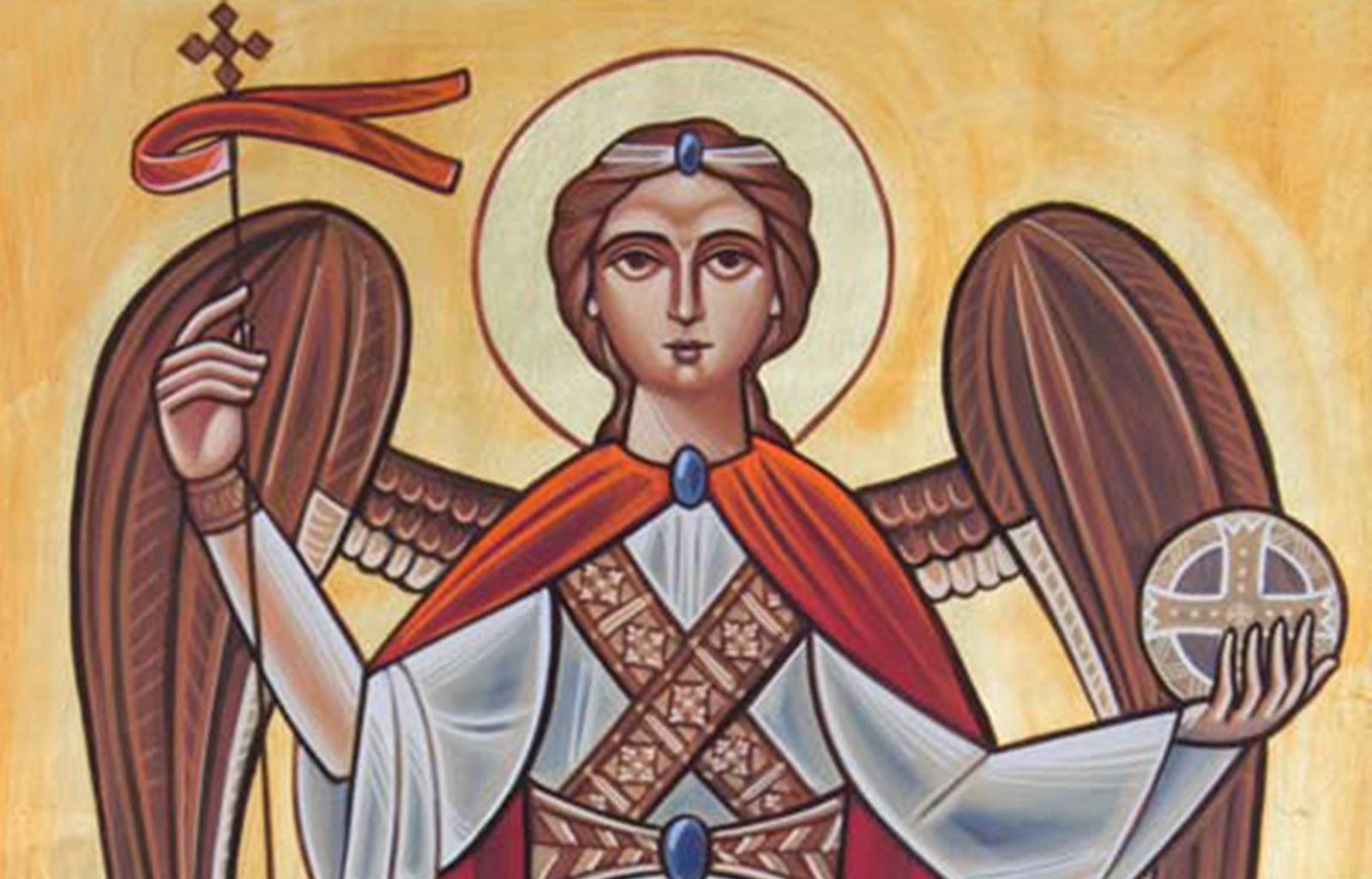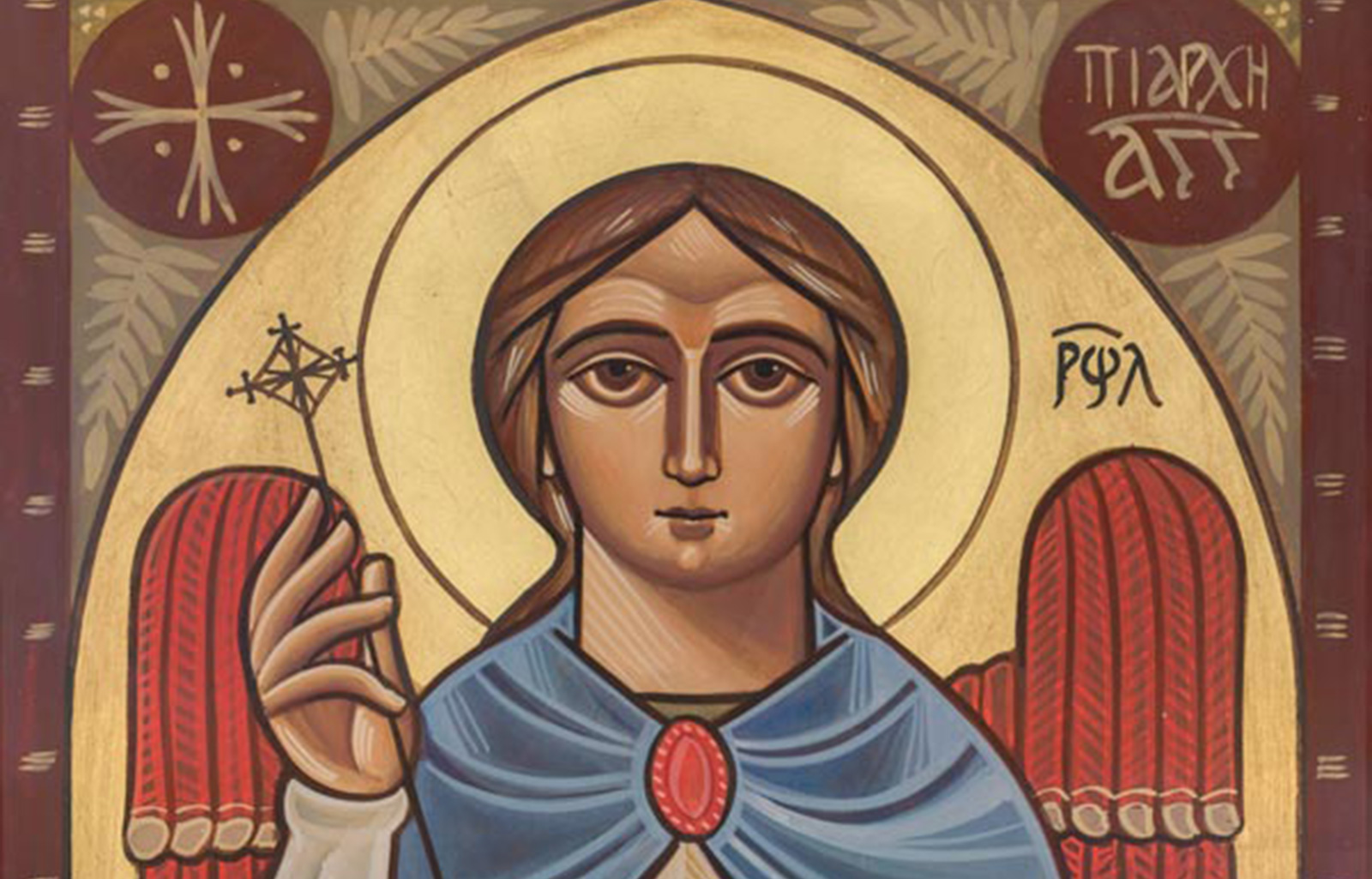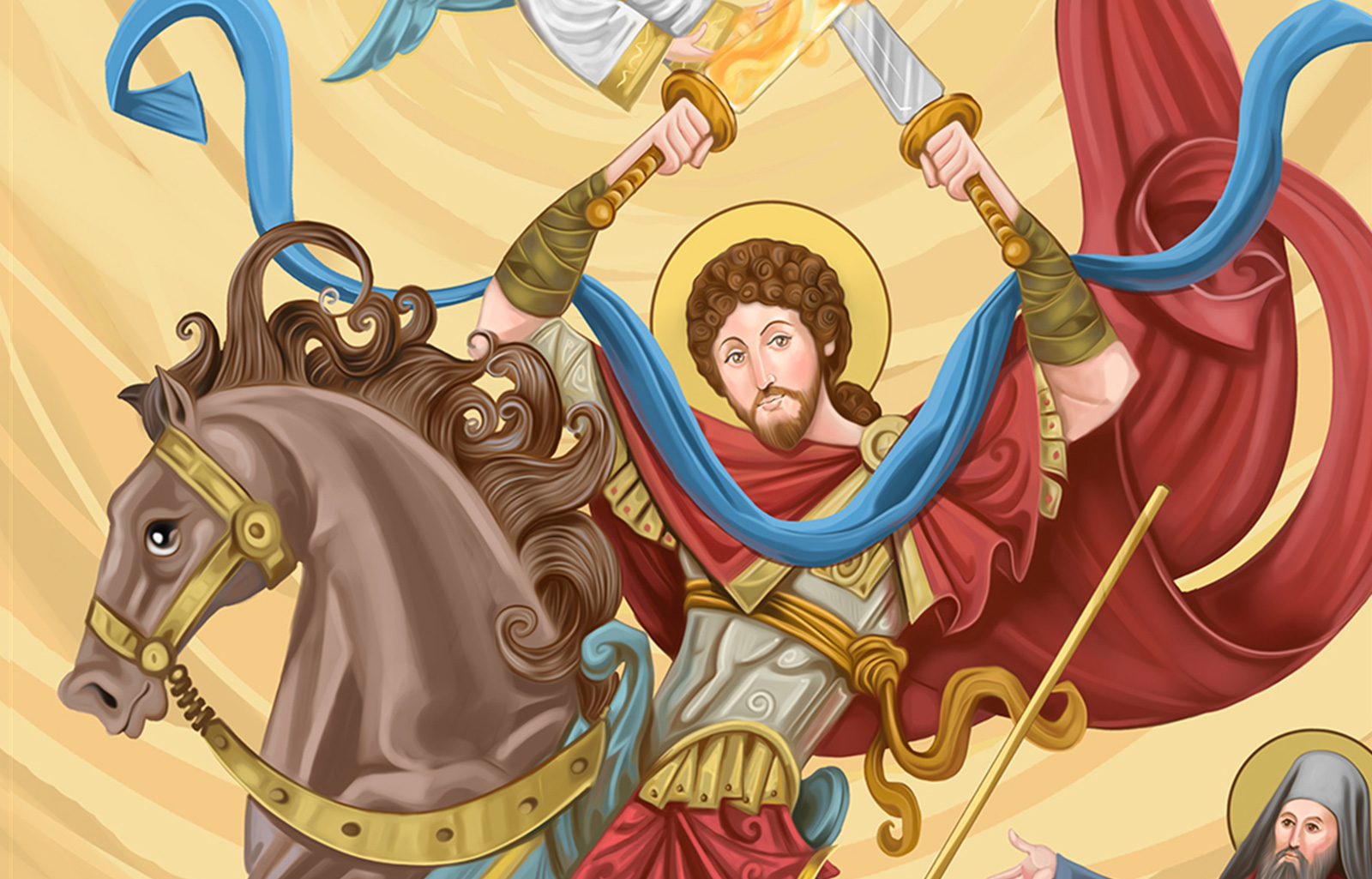On March 9, the Coptic Orthodox Church remembers the departure of the Great Pope (Papa, Ava) Kyrillos (Cyril) VI, the 116th Pope of Alexandria and successor of Saint Mark the Evangelist. He sat on the throne of Saint Mark for twelve years (1959-1971). Pope Kyrillos was a holy man of prayer who through full dedication to the life of prayer and fasting possessed many higher gifts which included performing wonders and miracles, the gift of knowledge, and an unusual ability to lead by example. He was undoubtedly a very spiritual man and brought the Coptic Church into a new era of spirituality. He was highly regarded by the people of Egypt from all walks of life, Christians and non-Christians alike.
Pope Kyrillos VI was born on Saturday, August 2, 1902 and was called Azer Ata. His father Ata, was a church deacon and belonged to a middle class family. After completing high school, Azer went to work for a shipping company in Alexandria. Azer was content with little food and the ground to sleep on. Then much against his family’s wishes, he resigned his job with the intention of becoming a monk and entered the Monastery of El-Baramous on Wednesday, July 27, 1927. He was ordained monk on Saturday, February 25, 1928 and was named Mina after the name of Saint Mina (Menas or Mena), his patron saint. He was ordained priest on Saturday, July 18, 1931. He also attended the Helwan Theological College and was rated one of the top students.
Father Mina’s love for God was so great that he desired a life of solitude. Only thirty years old at the time, the monks refused his request saying, “You are only thirty years old and your monastic life is only five years. Do you want to pursue the life of solitude in the desert whereas many others before you have struggled for the same goal for thirty or forty years and failed?” The assembly of monks did not change Father Mina’s decision and he lived in a cave near the monastery. He pursued a life of solitude at El-Natron Valley in the western desert between Cairo and Alexandria, then he headed the Monastery of Saint Anba Samuel the Confessor at Zawarah in upper Egypt and devoted a great deal of effort toward the restoration of this historic landmark.
When the monastery of Saint Samuel was restored, he left that area and moved to a deserted windmill in El-Moukatam mountain at the outskirts of Cairo. This windmill was totally abandoned and very dangerous. It was miles from the nearest city. Many dangerous animals can be found there at all times, like scorpions and snakes. Here, Father Mina spent his time praying and contemplating because of his love for his Saviour.
It goes without saying that Father Mina had many obstacles to overcome which Satan setup. First Satan instigated the guard of Antiquities not to carry water to the monk. Afterward, God sent one of his saints in a dream to rebuke the guard. So he woke up and carried water to Father Mina who was in urgent need for it.
In another incident, Satan sent robbers to the windmill. The robbers beat Father Mina and injured his head. When Father Mina regained consciousness, he noticed he was bleeding. He crawled to the icon of Saint Mina and put the icon on his head. The bleeding stopped at once. Father Mina then went to the hospital to be treated. The doctors were surprised when they found out that he walked 15 miles from the windmill.
